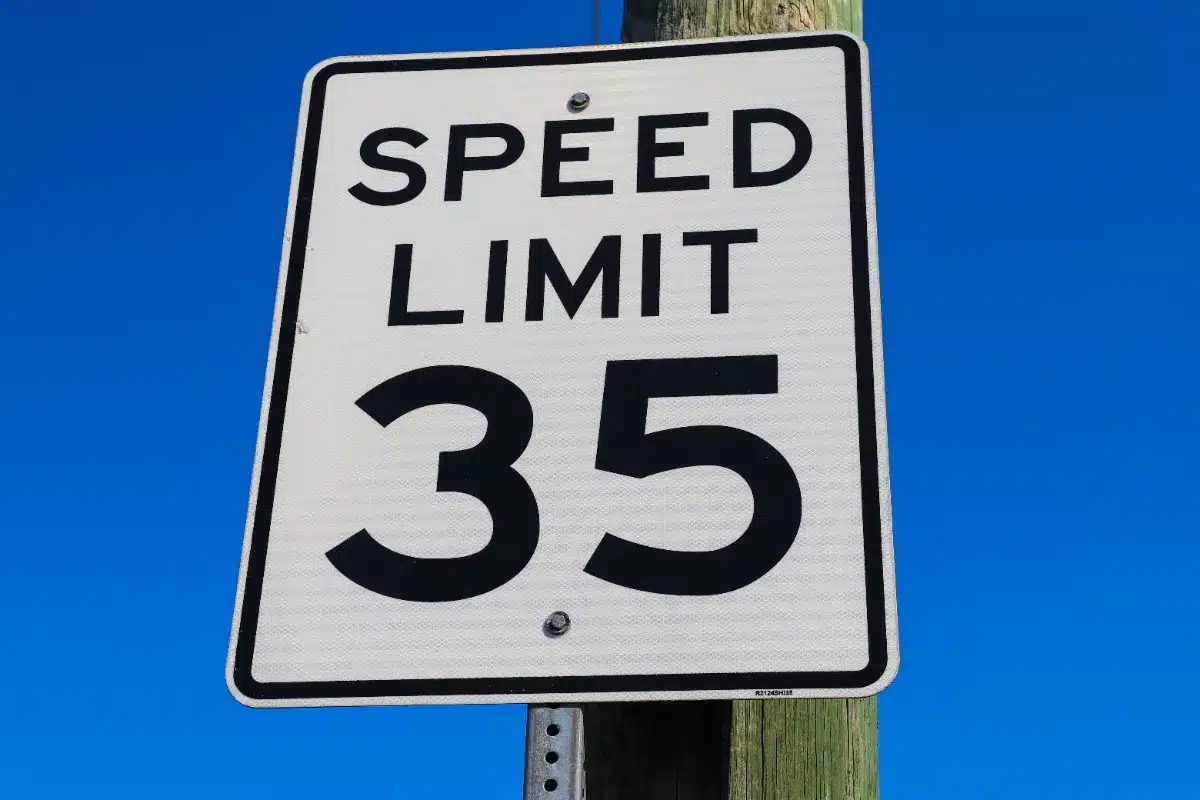American highways are getting a makeover as several states tweak speed limits to keep up with the latest vehicle tech and better roads. This shift moves away from the old 55 mph rule and aims to match legal limits with the way people actually drive today.
History and background
For years, the 55 mph limit was standard on many U.S. highways. Born out of 1970s energy worries and safety concerns during an oil crisis, it was originally meant to save fuel and later linked to keeping drivers safe. Now that cars are more advanced and roads have improved, many places have been slowly ramping up their speed limits.
In recent times, states have started rethinking these rules to better fit modern driving habits and the upgraded highway systems available today, as seen with Ohio speeding laws.
Speed limit updates
A big change is underway on a major interstate loop around a well-known Midwestern city, where the speed limit will jump to 65 mph this summer. This decision comes after a detailed look at road conditions and traffic patterns so that the legal limit lines up with how people are driving on these roads.
In Central Indiana, most of Interstate 465 will switch to the 65 mph limit starting July 1. Earlier this year, lawmakers passed a bill to bump up I-465’s limit from 55 mph to 65 mph. Governor Mike Braun signed the bill into law on May 1, signaling a move toward faster travel while still keeping safety in check.
Inside Indiana House Enrolled Act 1461
This update falls under Indiana House Enrolled Act 1461, a law mainly about road funding that also lays out plans for new toll roads across Indiana. The plan to raise I-465’s speed limit was added during the bill’s passage through the Indiana Senate. From July 1 onwards, most of I-465 will sport a 65 mph limit, although some parts will keep a lower speed due to specific road designs.
For example, work zones in the I-465/I-69 construction area will stick with their current speed limits until the projects are done. Also, variable speed limits will continue between I-65 and I-70 on Indianapolis’s southeast side, and the stretch between 86th and 96th streets on the northwest side will remain at 55 mph because of existing road layouts.
How Indiana is handling driver habits and enforcement
The Indiana Department of Transportation reported that over a 13-day period in 2021, about 96% of vehicles on a northwest section of I-465 were traveling above the old 55 mph limit. This shows why updating the legal speeds to better mirror real driving habits makes sense.
Even with these changes, monitoring speeds stays important—especially in work zones. A law passed in 2023 now lets INDOT use speed cameras in these areas. If drivers exceed posted speeds by more than 11 mph, they might face speeding penalties.
What’s happening in Colorado
Over in Colorado, preparations are well underway for similar adjustments, scheduled for 2025. The state plans to roll out speed enforcement cameras along highways and interstates. The first cameras are already in place on Highway 119—the “Diagonal Highway”—between Boulder and Longmont.
Officials from the Colorado Department of Transportation and Colorado State Patrol announced that this pilot program features both fixed and mobile cameras that keep a close eye on speeds. Drivers will get warnings during an initial 30-day grace period before any tickets get handed out.
Colorado speed enforcement program
This initiative uses automated enforcement technology with clear signs posted at least 300 feet before the monitored zones. These signs help ensure that speeders are noticed, especially in areas where work zones call for extra care for worker safety.
The program might even serve as a model for other states looking to add some high-tech upgrades to their own highway systems.
Overall, these moves in various states highlight a broader trend toward updating our highway rules along with modern vehicles and improved roads. As these changes roll out, they promise a smoother driving experience and traffic safety for everyone.









